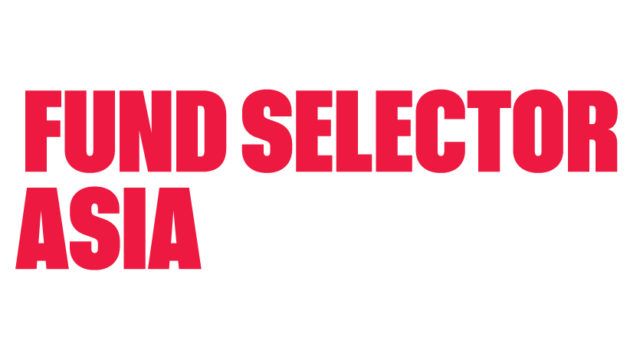More than half of the respondents (55%) said their data capabilities would struggle to cope with an expected increase in regulatory requirements.
“Investors now face many disruptive trends with the emergence of new multi-asset investment strategies, the opportunities created by globalisation and a rising tide of regulation,” said Jessica Donohue, chief innovation officer and head of advisory solutions at State Street Global Exchange.
Not only more stringent regulation but also an institutional investor push into new asset classes and regions is creating a far more complicated operational landscape, the firm said.
As a result, a majority (81%) of global respondents said boosting data and analytics capability was one of their top strategic priorities. An equally significant majority (72%) of those surveyed said they plan to invest more in their data management systems over the next three years.
About three-quarters of global respondents said they have increased their investments in data and analytics by 5-20% percent each year for the past three years.
Future spending will emphasise the areas of data security and attracting the right talent to manage the ballooning amount of data.
“Advanced data tools and practices will be one of the most powerful agents of change in the investment industry over the next decade,” Donohue said. “The big question institutions need to ask themselves is where they are on that journey to what we call ‘data dexterity’. Are they a starter, mover or innovator?”
State Street has identified three key groups at different stages of data innovation globally.
These are data starters (27%), who are burdened by legacy information technology and compliance issues and outdated systems.
The second is data movers (36%), who are investing at a faster rate but may still face issues gaining an accurate view of portfolio risk. The last group is data innovators (37%), who recognise the value of data and analytics and are confident about the competitive edge it brings.

















